One of my favorite presidential memorials is the Franklin Delano Roosevelt Memorial along the Tidal Basin in Washington, DC, which opened in 1997, more than 50 years after FDR’s death. It is fitting that the memorial is a short walk from the Thomas Jefferson Memorial, which is 100 yards away on the Tidal Basin.
There are great connections between America’s third and 32nd presidents, although FDR’s presidency began over a century after Jefferson’s death. Those familiar with American history might know that FDR became the leader of the political party founded by Jefferson (the modern day Democratic Party). Both men were lawyers, and both had deep love of the country landscapes that surrounded their homes in New York and Virginia. But what many students of history may not know is that President Roosevelt laid the foundation stone to the Jefferson Memorial in 1939, the year the storms of war broke over Europe, and that four years later FDR dedicated the Jefferson Memorial amid the carnage of World War II.
“Today, in the midst of a great war for freedom, we dedicate a shrine to freedom,” Roosevelt began in his April 13, 1943, dedication remarks at the Jefferson Memorial. Only two months earlier, American troops had prevailed in the brutal six-month campaign for Guadalcanal, while on the other side of the globe that same month the US Army was defeated at Kasserine Pass. The Germans would not be driven out of North Africa for another month as FDR spoke. Victory was far away, and there was no guarantee that it was inevitable. Linking the realities of his day to the challenges faced by Jefferson and his time, FDR continued:
“Yet, there are reasons for gratitude that this occasion falls within our time; for our generation of Americans can understand much in Jefferson’s life which intervening generations could not see as well as we.
"He faced the fact that men who will not fight for liberty can lose it. We, too, have faced that fact.
“He lived in a world in which freedom of conscience and freedom of mind were battles still to be fought through—not principles already accepted of all men. We, too, have lived in such a world.
“He loved peace and loved liberty—yet on more than one occasion he was forced to choose between them. We, too, have been compelled to make that choice.
“Generations which understand each other across the distances of history are the generations united by a common experience and a common cause. Jefferson, across a hundred and fifty years of time, is closer by much to living men than many of our leaders of the years between. His cause was a cause to which we also are committed, not by our words alone but by our sacrifice.”
Later in his speech, FDR again picked up the connection between the war raging across the world and the struggle for American independence. He sought to inspire Americans that a better tomorrow might still emerge from the strife of the present, saying of Jefferson:
“He proved that the seeming eclipse of liberty can well become the dawn of more liberty. Those who fight the tyranny of our own time will come to learn that old lesson. Among all the peoples of the earth, the cruelties and the oppressions of its would-be masters have taught this generation what its liberties can mean. This lesson, so bitterly learned, will never be forgotten while this generation is still alive.”
That day, FDR concluded his dedication by quoting the words that Thomas Jefferson claimed as his personal motto, which are carved around the interior of the pantheon dome over the bronze statue of Jefferson like a starry crown: “I have sworn upon the altar of God, eternal hostility against every form of tyranny over the mind of man.”
It is common among historians today to point out that Thomas Jefferson was a deeply flawed individual, one who was unable to rise to his own ideals in his personal life and times. The proponent of freedom was a slave owner (indeed, he fathered a child with one of his slaves), and as FDR himself acknowledged in a 1940 speech, Jefferson’s enthusiasm for the more radical elements of the French Revolution proved to be an error in judgment. And yet—when one studies how change and progress are made in the world as it is, history teaches that there must be a starting point, and progress is made in increments both small and great. It is worth remembering that before the American Revolution, no form of democratic-republican government on a large scale had existed in the world since the collapse of Rome.
Jefferson’s message transcends the man. His words: “We hold these truths to be self-evident, that all men are created equal, that they are endowed by their Creator with certain unalienable Rights, that among these are Life, Liberty, and the pursuit of Happiness”—were a beginning, the first drop of rain into a pool whose ripples have spread across the surface of American history in ever-wider, stronger waves and reaching ever-wider peoples. Jefferson knew that ideas were more powerful across time than public offices (it should be noted that in his career he served as governor of Virginia, ambassador to France, secretary of state, vice president, and two terms as president of the United States). That is why (as FDR noted on a different occasion) that on his gravestone at Monticello, Jefferson listed his proudest accomplishments as his authorship and sponsorship of ideas and the pursuit of free inquiry: author of the Declaration of American Independence, of the Statute of Virginia for Religious Freedom, and father of the University of Virginia.
There cannot be a more striking philosophical contrast with the Axis powers than when President Roosevelt dedicated Thomas Jefferson’s memorial that spring day in 1943, in the pantheon holding Jefferson’s carved mottos endorsing freedom of the mind and exploration of ideas for the future betterment of humankind. The Jefferson Memorial is an altogether fitting start for visitors going to Franklin D. Roosevelt’s own memorial on the Tidal Basin, which will be the subject of my next four posts. But as readers will eventually learn, the story of Franklin D. Roosevelt and Thomas Jefferson’s connections across history was not completed at the memorial that April day in 1943.
Note: This is the first of six posts about Franklin Roosevelt memorials. Read Part Two. Part Three. Part Four. Part Five.
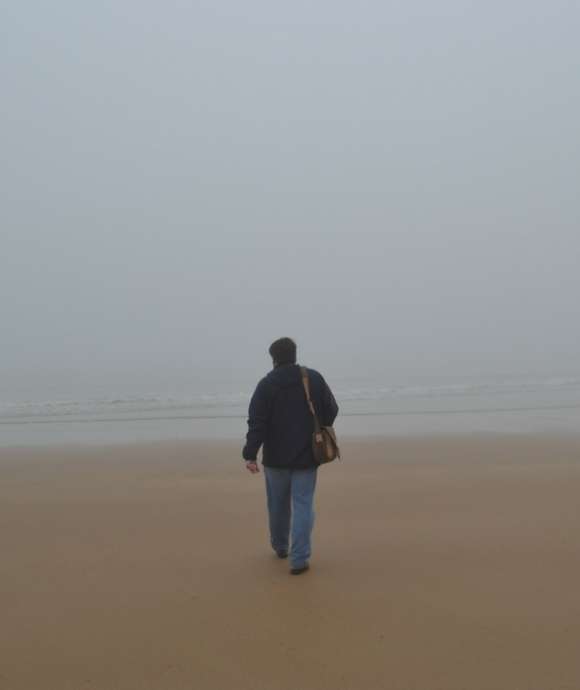
"No matter one’s age, travel is a unique and exciting educational experience. In my work, I have had the opportunity to reflect on history, events, and people in the places where they experienced life. Through the viewfinder, we can not only find history and perspective, but create memory, and evoke our evergreen past."
– Keith Huxen, PhD, Senior Director of Research and History, The National WWII Museum
Keith Huxen
Keith is the former Senior Director of Research and History in the Institute for the Study of War and Democracy at The National WWII Museum.
Cite this article:
MLA Citation:
APA Citation:
Chicago Style Citation:
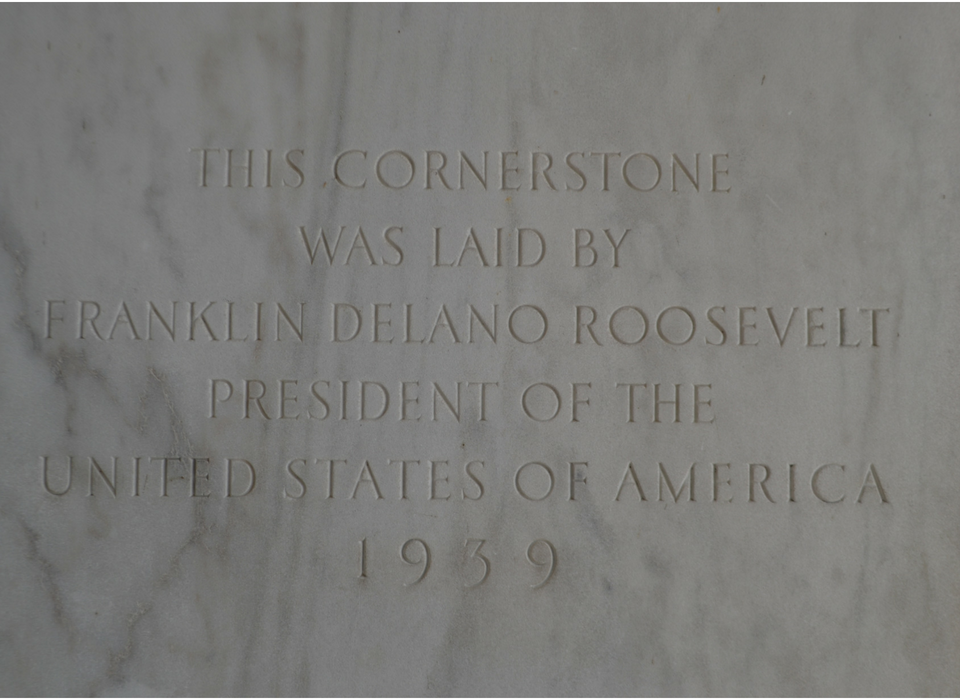
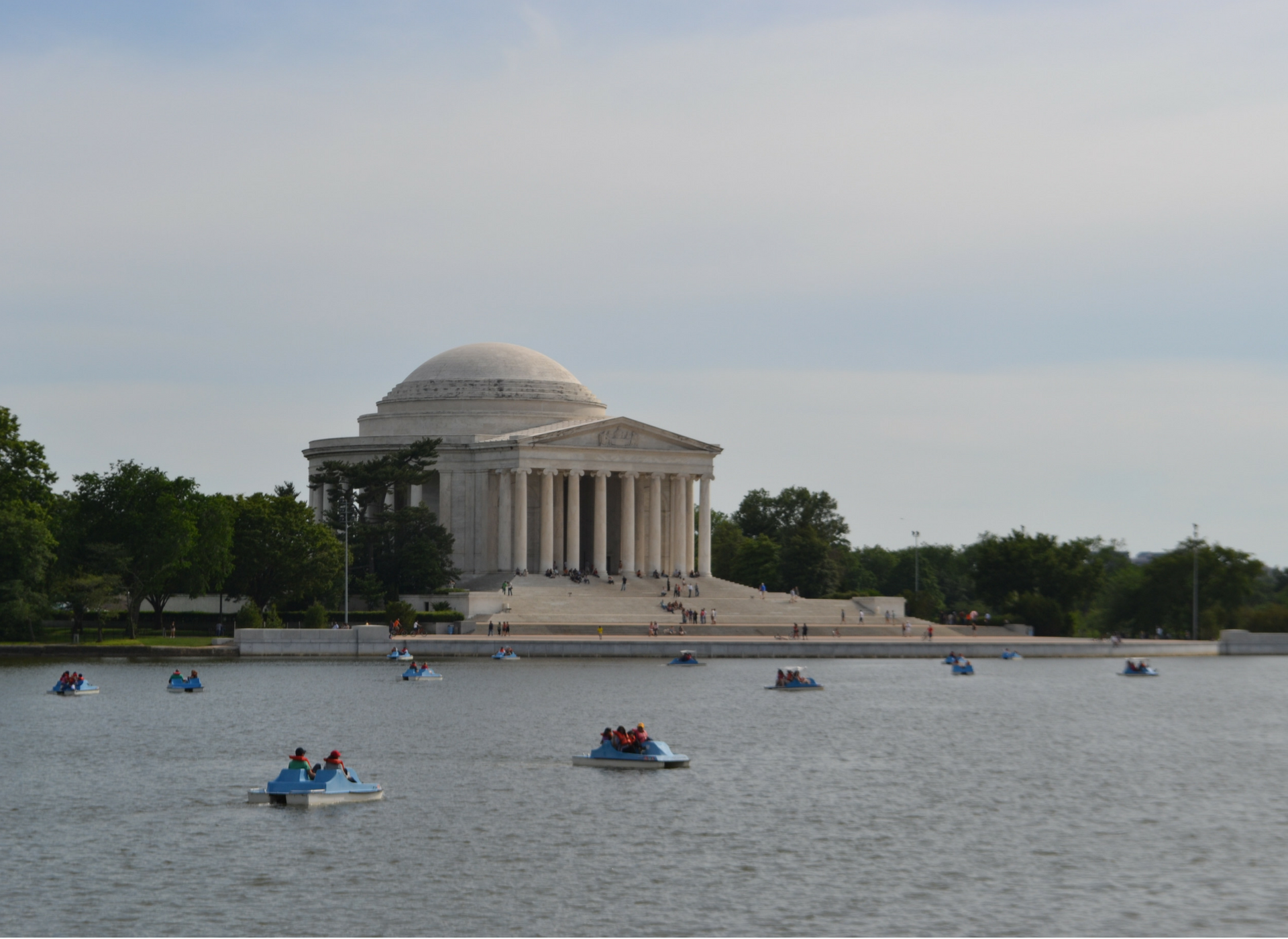


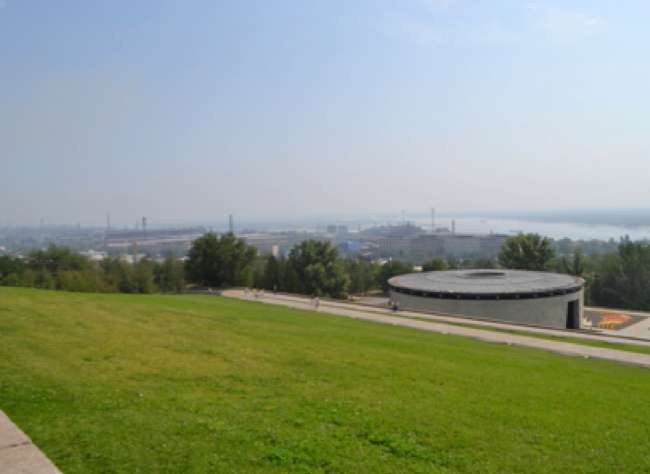
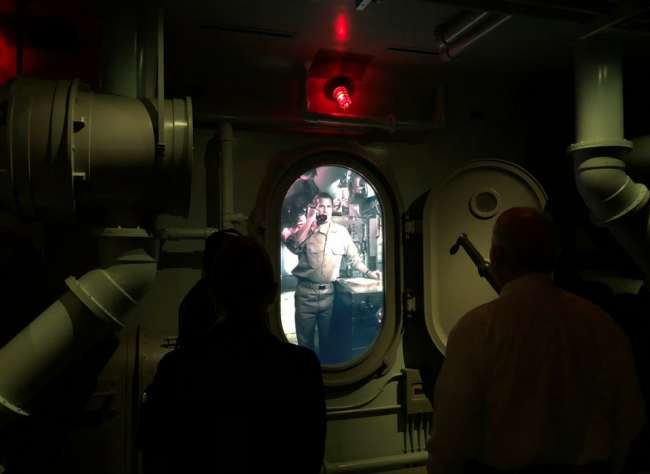
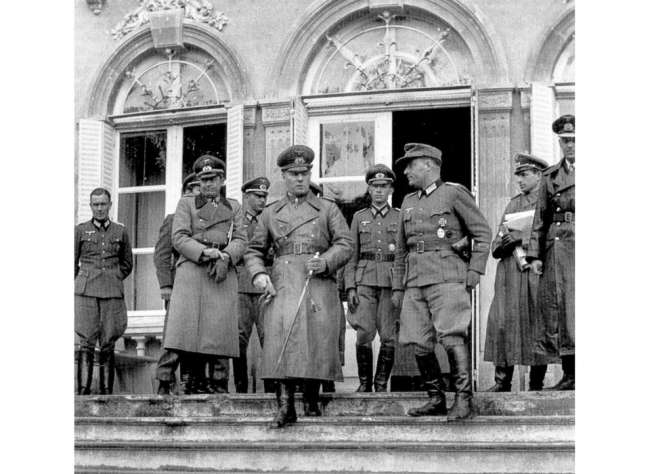



![Max Fuchs, New York City cantor, sings as Rabbi Sydney [sic] Lefkowitz, Richmond, VA, conducts the first Jewish services from Germany.](/sites/default/files/styles/max_650x650/public/2025-10/image1.jpg)



